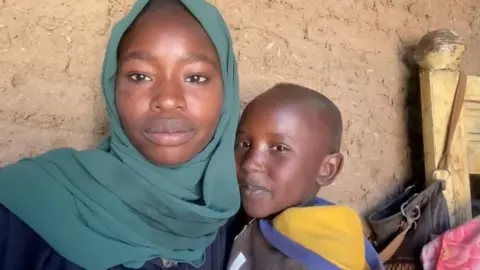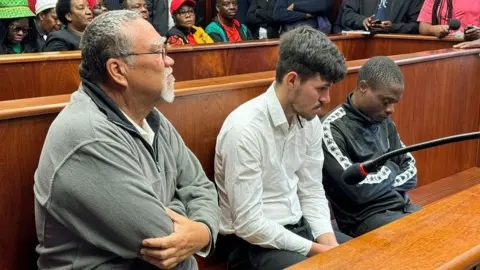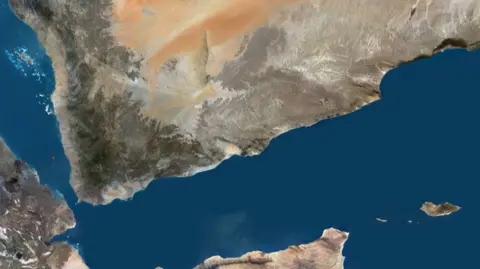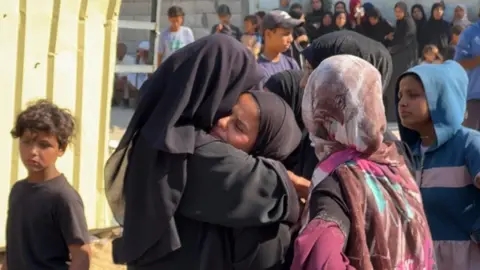In the heart of Zambia’s Copperbelt, towering mounds of mining waste loom over the landscape—locally known as the “black mountains.” For artist Stary Mwaba, these hazardous heaps are more than just industrial scars; they are a part of his childhood and a symbol of resilience for the community.
Growing up near Kitwe, Mwaba remembers the forbidden allure of the black mountains. “We called it mu danger—’the danger zone,'” he recalls. Despite warnings, children would sneak in, drawn by wild fruits growing stubbornly in the toxic soil. Today, young men risk their lives digging through the slag for scraps of copper ore, selling them to survive in a region where nearly half of the youth are unemployed.
Mwaba’s latest exhibition at the Lusaka National Museum brings their stories to life through striking portraits painted on old newspapers. He deliberately obscures headlines—what he calls “grand narratives”—to highlight the overlooked lives of those living in the shadow of the mines. “Their stories matter too,” he says.
The artwork is fragile, much like the existence of the miners it depicts. One piece, Jerabo, shows a young man securing a rope before descending into hand-dug tunnels prone to collapse. Another, Shofolo, portrays a miner clutching his shovel—his only lifeline in this perilous work.
The environmental toll is severe. Earlier this year, a spill from a Chinese-owned mine contaminated Kitwe’s water supply, affecting hundreds of thousands. Yet, amid hardship, moments of joy persist. Ipenga captures a church band parading through Wusakile, while Chimpelwa shows children swinging on repurposed electrical cables.
Mwaba’s connection to mining runs deep—his ancestors worked the pits before Zambia’s industry collapsed in the 1990s. His art evolved after a science project with his daughter, where a simple cabbage became a metaphor for China’s economic influence in Zambia. Now, his focus is on those who dig through the black mountains, trapped between exploitation and survival.
One workshop participant, a miner himself, urged his younger brother to attend instead of following him underground. “I don’t want him to go through what I did,” he said. For Mwaba, such moments affirm art’s power to change lives—even in a place as unforgiving as the black mountains.









